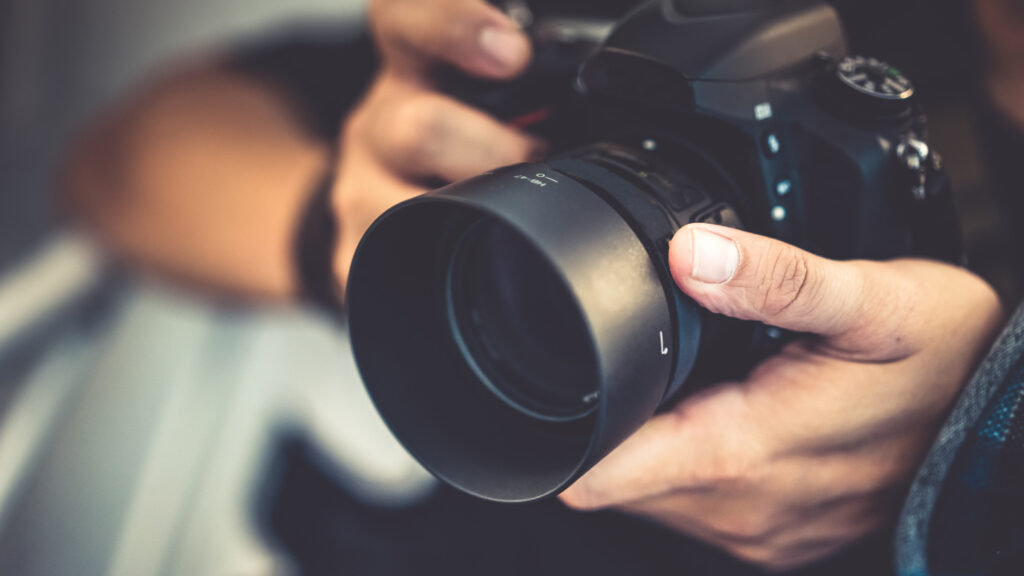With the rise of digital technology, photography has become accessible to a broad spectrum of people, allowing amateurs and professionals to capture the world through their unique lenses. Whether you are a budding photographer or an experienced professional, refining your skills is a continuous journey. This post will delve into Yvette Heiser’s top 6 digital photography tips to help you elevate your photography game and capture everyone’s attention.

- Understand Your Camera: Every digital camera, from DSLRs to mirrorless and even smartphone cameras, has features. Take time to read the manual and familiarize yourself with the different settings and features. Understand when to use different shooting modes (such as auto, manual, and night) and how to adjust ISO, aperture, and shutter speed. The more you know about your camera, the better equipped you’ll be to respond to different shooting conditions.
- Master the Art of Composition: Composition is essential to compelling photography. Utilize the Rule of Thirds, leading lines, and framing to create well-balanced, intriguing photos. Also, remember that it’s okay to break these rules once you understand them. Experiment with different compositional techniques to develop your unique photographic style.
- Learn to Control Exposure: Understanding the exposure triangle—ISO, shutter speed, and aperture—is crucial in digital photography. These three elements work together to control the amount of light that reaches the camera sensor, directly impacting the brightness or darkness of your photos. Mastering manual exposure gives you complete control over the look and feel of your images.
- Lighting is Key: Good lighting can make or break an image. Understand how to use different light sources to your advantage. The golden hours (early morning and late afternoon) offer soft, warm light ideal for many types of photography. Please don’t shy away from harsh midday light; learn to use it creatively or soften it with diffusers or reflectors.
- Shoot in RAW: Shooting in RAW format captures all the data from your camera’s sensor, giving you much more flexibility when editing your photos. With RAW files, you can adjust exposure, white balance, and other elements without losing image quality. While RAW files are larger and require post-processing before sharing, the image quality increases significantly.
- Practice Post-Processing: Post-processing is a powerful tool in digital photography that allows you to tweak and enhance your photos after they have been taken. Learn to use editing software like Adobe Lightroom or Photoshop. Simple adjustments like cropping, straightening, adjusting exposure, and color correction can dramatically improve your photos. However, remember that a great photo starts in-camera—no amount of editing can fix a poorly composed or improperly exposed shot.
Embrace the Journey of Digital Photography
Mastering digital photography is a journey of continuous learning and creativity. Understanding your camera, composing your shots, controlling exposure, making the most of light, shooting in RAW, and honing your post-processing skills are all part of this journey. Embrace these six tips, experiment fearlessly, and remember that the best camera is the one you have with you. So, whether it’s a DSLR or your smartphone, capture the world around you and tell your stories through your lens. If you want to learn more about capturing high-quality images, read Yvette Heiser Texas – 5 Secrets of Elevating Image Quality.
